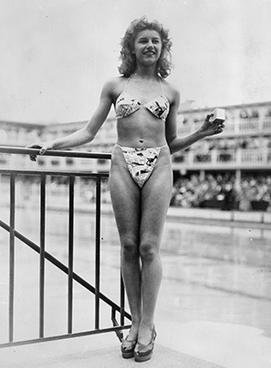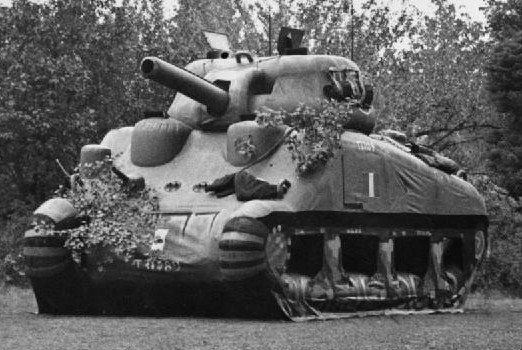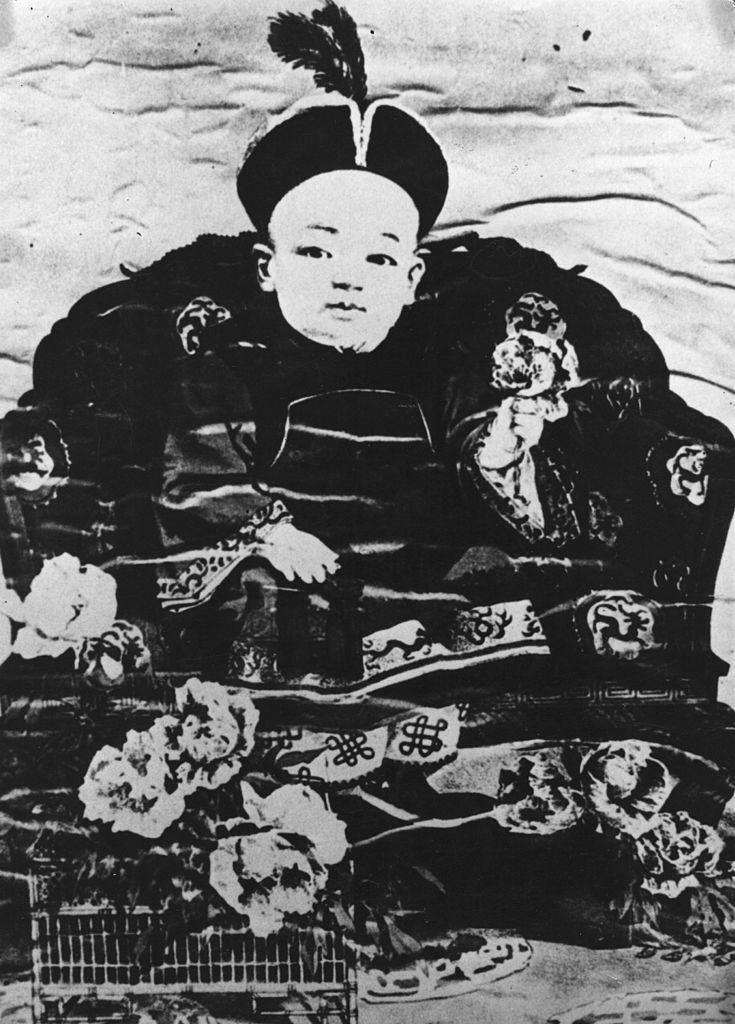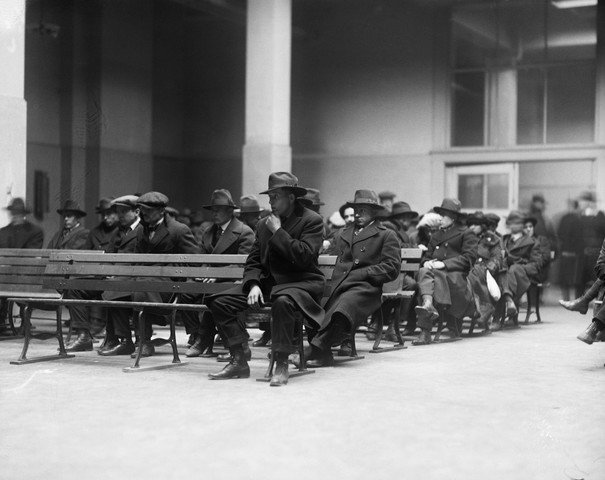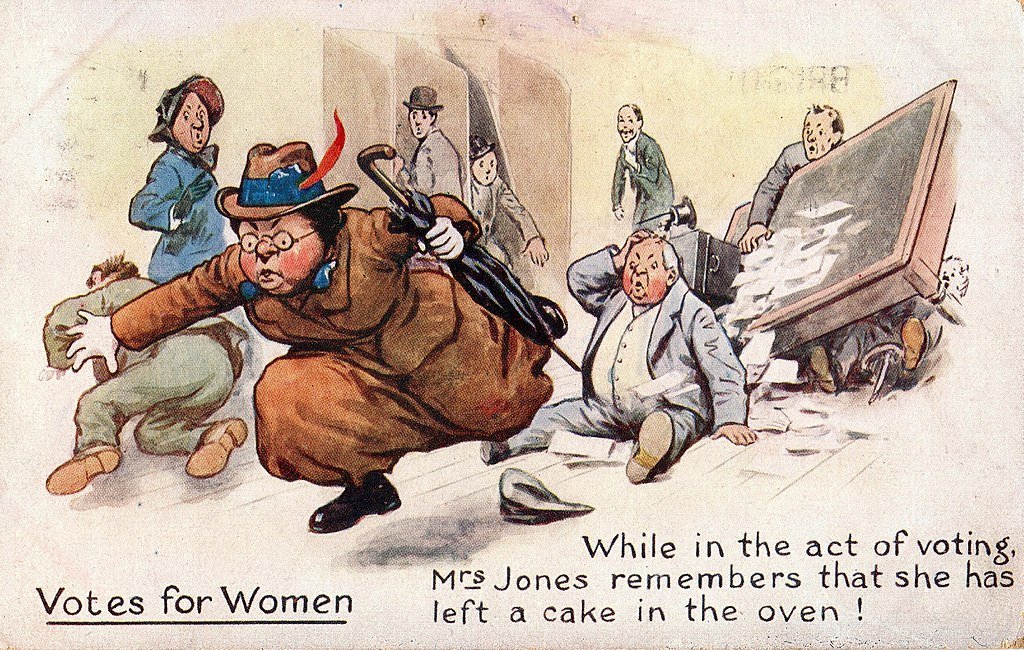The surprise World War 2 Japanese attack on Pearl Harbor on December 7, 1941, caused many Americans to shift their focus from wondering and worrying about the well-being of other countries’ residents to fear that another attack on the United States might be forthcoming.
To quell those fears, the United States government allowed Japanese-Americans and Japanese aliens living in the United States to be sent to internment camps. The U.S. also assisted European allies in their battles against Germany and planned and carried out the Doolittle Raid against mainland Japan.
Janel Miller explains.
One of the U.S. planes after landing in Vladivostok, USSR following the Doolittle Raid in April 1942.
Multiple Raid Scenarios Considered
The idea of the Doolittle Raid – the first-ever raid on Japan – was hatched within weeks of Pearl Harbor. High-ranking members of the United States military spent several months fine-tuning an aerial attack on the Asian country’s industrial centers of Tokyo, Tokyo Bay, Yokohama, the Yokosuka Navy Yard, Nagoya, Ōsaka and Kōbe.
Air Force member James Harold Doolittle, who had previously set several aviation records and also had become one of the first men in the United States to earn a Doctor of Science degree in aeronautics, volunteered to lead the attack and was chosen to do so.
The hope was that the Doolittle Raid on Japan would cause anxiety among the country’s residents, damage many of its resources, slow its production and military advances abroad, enhance the United States’ relationships with its allies, and receive the support of the American public.
Several types of planes were considered for use in the raid. However, various characteristics of some of the aircraft were deemed unsuitable for the mission. Specifically, the Martin B-26 Marauder had “unsuitable handling characteristics” and the Douglas B-23 Dragon’s wingspan was “too great … to be comfortably operated from a carrier deck” that would carry the planes to a location off the Japanese coast). Ultimately, the North American B-25 Mitchell (hereafter referred to as B-25s) was chosen for the raid.
Different times of conducting the raid were also considered. One proposal called for the B-25s taking off from a carrier (ultimately, the Hornet was chosen for the mission) several hours before daybreak. This offered the pros of hitting the Japanese targets as daylight approached, providing the maximum amount of surprise and good visibility but the cons and dangers of the B-25s taking off at night and illuminating the Hornet while out at sea. Another proposal involved the raid occurring while there was a significant amount of daylight while flying over Japan. However, to do so would have eliminated the surprise element of the raid.
Doolittle recalled in a 1983 interview that several different ways of escaping should the Japanese catch up to the B-25s in the air before the raid could begin were also considered.
“The plan was that if we were within range of Japan, we would go ahead and bomb our targets, fly out to sea and hope, rather futilely, to be picked up by one of the two submarines that were in the area,” he said. “If we were within range of the Hawaiian Islands — say, Midway — we would immediately clear their decks and proceed to Midway so they could utilize the [fleet of ships supporting the raid] properly.”
“If, on the other hand, we weren't within range of anyplace we could go, we would push our aircraft overboard so that the Hornet's deck would be cleared, and they could protect themselves,” Doolittle added.
Details Of Raid Described
The final Doolittle Raid plan called for the Hornet to take the B-25s approximately 600 miles east of Tokyo. Then, on April 18, 1942, the B-25s would disperse and their crews drop bombs on their respective Japanese target, flying at treetop level on the approach to the target, climbing to 1,500 feet while dropping the bombs, returning to treetop level and flying to the Chinese city of Chuchow.
Those who would be in the B-25s were all volunteers who were thoroughly trained in cross-country flying, night flying and navigation, as well as “low altitude approaches to bombing targets, rapid bombing and evasive action,” according to the U.S. Navy. Doolittle told a 1983 interviewer that the bond between those flying the planes and those controlling the carrier was not immediate.
“We felt a little out of place on a carrier, and they felt a little out of place having us there,” he said. “But when we went under the San Francisco Bridge, over the radio said, ‘Hear ye, hear ye.’ Everybody aboard was told not exactly where we were going, not exactly what we were going to do, but that this was a mission against Japan. From then on, there was complete rapport,” Doolittle added.
Richard Cole, who occupied one of the B-25s on April 18, recalled in 1957 that “everyone prayed but did so in an inward way. If anyone was scared, it didn’t show.”
Each B-25 carried four 500-pound bombs, two .50-caliber machine guns, a .30-caliber machine gun, spare fuel tanks and two dummy wooden machine gun barrels. Although the B-25 planes from the United States took off from the U.S.S. Hornet earlier than planned, they still managed to drop about 14 tons of explosives on their Japanese targets.
Japan had been monitoring the United States Navy’s radio in the days leading up to the Doolittle Raid. Although it did not have the specific date of the raid ahead of time, it felt an attack was imminent. The Asian country received word from a fishing boat on the day of the attack of the U.S. raid that was coming. Despite these warnings, Japan’s success in fighting back was limited. The country also sent bombers and carrier fighters in a fruitless attempt to search for the fleet of U.S. ships supporting the raid. A member of President Franklin D. Roosevelt’s administration stated roughly six months after the raid that the U.S. participants in the raid was carried out on military targets "with remarkable accuracy."
A lack of fuel kept the B-25s from landing at Chuchow. Fifteen of the B-25s crash-landed in Japanese-occupied territory or abandoned their aircraft in the waters near Japan and China. Another B-25 landed in the Soviet Union. Not all of those in the B-25s returned to American soil alive. Three were killed in the crash landings or while parachuting, three were executed after being captured by the Japanese and another died of disease and starvation while in captivity.
Mission Largely Accomplished
The Doolittle Raid “was important to morale both here and in Japan,” its namesake said at a 1983 event.
About one month after the attack, United States Senator and member of the Senate Naval Affairs Committee Millard E. Tydings (D-Md.), reported that the raid was causing Japan to develop a new plan for winning the war.
"This lesson will not be lost on the Japanese, and their present apparently altered strategy is an indication that there is no greater fear in Japan right now than the fear of repeated bombings such as was inaugurated by General Doolittle," he continued. Thus, another Japanese attack on United States’ soil seemed highly unlikely, and the raid also saved the Soviet Union from a Japanese attack, Tydings said.
In Context
The concept of retaliating, rather than sitting passively by and doing nothing, is all too common, especially in wartime.
For example, in 1773, colonists protested British taxes by famously dumping tea – one of the most popular beverages of the time – into Boston Harbor prior to the American Revolution. During the Civil War more than 90 years later, General William T. Sherman and his troops blazed a deadly path across Georgia in response to the South seceding from the Union several years earlier. Much more recently, in 2003, the United States declared that the major battles the U.S. had engaged in while in Iraq in response to the tragedies of September 11, 2001, were over.
In the years since the Doolittle Raids, the United States’ relationship with Japan has improved beyond recognition. Perhaps, just perhaps, one legacy of the Doolittle Raids may be that with time, bitter arch-rivals can become friendly non-competitors.
What do you think of impact of the Doolittle Raids? Let us know below.
References
Loproto, Mark. “How America Changed After Pearl Harbor.” https://pearlharbor.org/america-changed-pearl-harbor/. Published February 1, 2017. Accessed January 11, 2023.
Pippert, Wesley G. “The National Was Gripped by Hysteria and Fear When …” https://www.upi.com/Archives/1981/07/14/The-nation-was-gripped-by-hysteria-and-fear-when/2681363931200/. United Press International. Published July 14, 1981. Accessed January 11, 2023.
Loproto, Mark. “America’s Response to Pearl Harbor – An Unexpected First Target.” https://pearlharbor.org/americas-response-pearl-harbor-unexpected-first-target/. Published January 8, 2018. Accessed January 11, 2023.
Krebs A. The New York Times. “James Doolittle, 96, Pioneer Aviator Who Led First Raid on Japan, Dies.”https://www.nytimes.com/1993/09/29/us/james-doolittle-96-pioneer-aviator-who-led-first-raid-on-japan-dies.html. Published September 29, 1993. Accessed January 11, 2023.
Naval History and Heritage Command. “Doolittle Raid.” https://www.history.navy.mil/browse-by-topic/wars-conflicts-and-operations/world-war-ii/1942/halsey-doolittle-raid.html. Published May 10, 2019. Accessed January 11, 2023.
Encyclopedia Britannica Editors. Encyclopedia Britannica. “Doolittle Raid.” https://www.britannica.com/event/Doolittle-Raid. Accessed January 11, 2023.
Interview with United States Air Force General James Harold (Jimmy) Doolittle (Ret.). https://www.usni.org/press/oral-histories/doolittle-james. Recorded February 1983. Accessed January 17, 2023.
Encyclopedia Britannica Editors. Encyclopedia Britannica. “Doolittle Raid.” https://www.britannica.com/event/Doolittle-Raid. . Accessed January 11, 2023.
Naval History and Heritage Command. “Doolittle Raid.” https://www.history.navy.mil/browse-by-topic/wars-conflicts-and-operations/world-war-ii/1942/halsey-doolittle-raid.html. . Published May 10, 2019. Accessed January 11, 2023.
Interview with United States Air Force General James Harold (Jimmy) Doolittle (Ret.). https://www.usni.org/press/oral-histories/doolittle-james. Recorded February 1983. Accessed January 17, 2023.
Goldstein, Richard. “Richard Cole, 103, Last Survivor of Doolittle Raid on Japan, Dies.” The New York Times. https://www.nytimes.com/2019/04/09/obituaries/richard-cole-dead.html. . Published April 19, 2019. Accessed January 11, 2023.
Fish, B. Additional Historic Information [on] The Doolittle Raid (Hornet). https://www.google.com/url?sa=i&rct=j&q=&esrc=s&source=web&cd=&ved=0CAQQw7AJahcKEwiQ-tvOvcr8AhUAAAAAHQAAAAAQAg&url=https%3A%2F%2Fuss-hornet.org%2Fwp-content%2Fuploads%2F2017%2F11%2FWebsite-Extended-Info-Doolittle-Raid.pdf&psig=AOvVaw2s2f85P-1fNrjzIr2XnAmm&ust=1673902936487101. . Accessed January 15, 2023.
Naval History and Heritage Command. “Doolittle Raid.” https://www.history.navy.mil/browse-by-topic/wars-conflicts-and-operations/world-war-ii/1942/halsey-doolittle-raid.html. Published May 10, 2019. Accessed January 11, 2023.
"Losses During April Are Admitted Today." Spokane Daily Chronicle, page 1. Published October 22, 1942. Accessed January 15, 2023. https://www.newspapers.com/image/564334859. .
Goldstein, Richard. “Richard Cole, 103, Last Survivor of Doolittle Raid on Japan, Dies.” The New York Times. https://www.nytimes.com/2019/04/09/obituaries/richard-cole-dead.html. Published April 19, 2019. The New York Times.
Krebs A. The New York Times. “James Doolittle, 96, Pioneer Aviator Who Led First Raid on Japan, Dies.”https://www.nytimes.com/1993/09/29/us/james-doolittle-96-pioneer-aviator-who-led-first-raid-on-japan-dies.html. Published September 29, 1993. Accessed January 11, 2023.
Reynolds, HK. "Nippon Is Out To Capture Chinese Bases." The El Paso Times, page 3. https://www.newspapers.com/image/429555500.. Published May 25, 1942. Accessed January 15, 2023.
History.com Editors. History.com. “Boston Tea Party.” https://www.history.com/topics/american-revolution/boston-tea-party. Published October 27, 2009. Accessed January 15, 2023.
History.com Editors. History.com. “Sherman’s March to the Sea.” https://www.history.com/topics/american-civil-war/shermans-march. . Published February 22, 2010. Accessed January 15, 2023.
White House Archives. “President Bush Announces Major Combat Operations in Iraq Have Ended.” https://georgewbush-whitehouse.archives.gov/news/releases/2003/05/20030501-15.html. Published May 1, 2003. Accessed January 15, 2023.
Ministry of Foreign Affairs of Japan. “Japan-United States of America Relations.” https://www.mofa.go.jp/na/na1/us/page23e_000329.html. . Published September 14, 2022. Accessed January 15, 2023.


